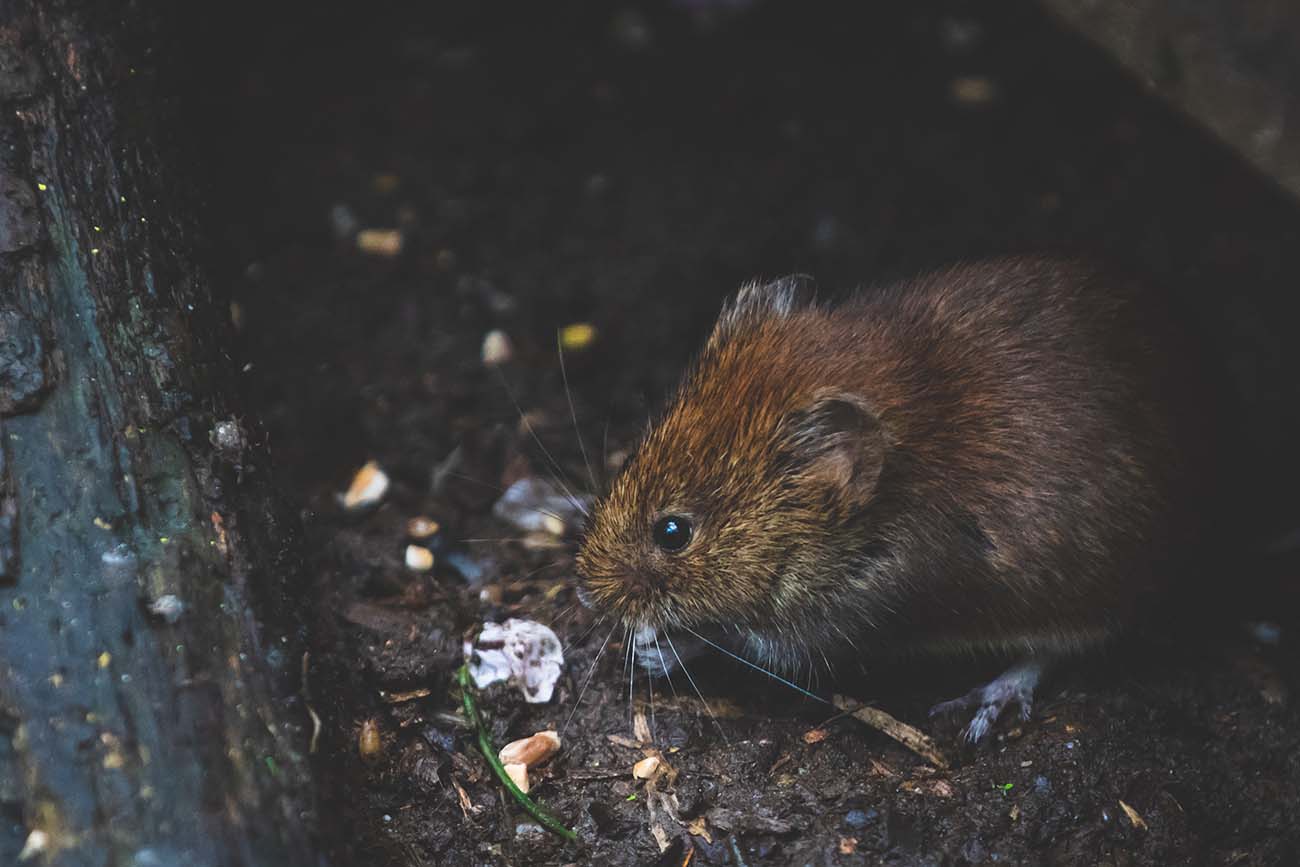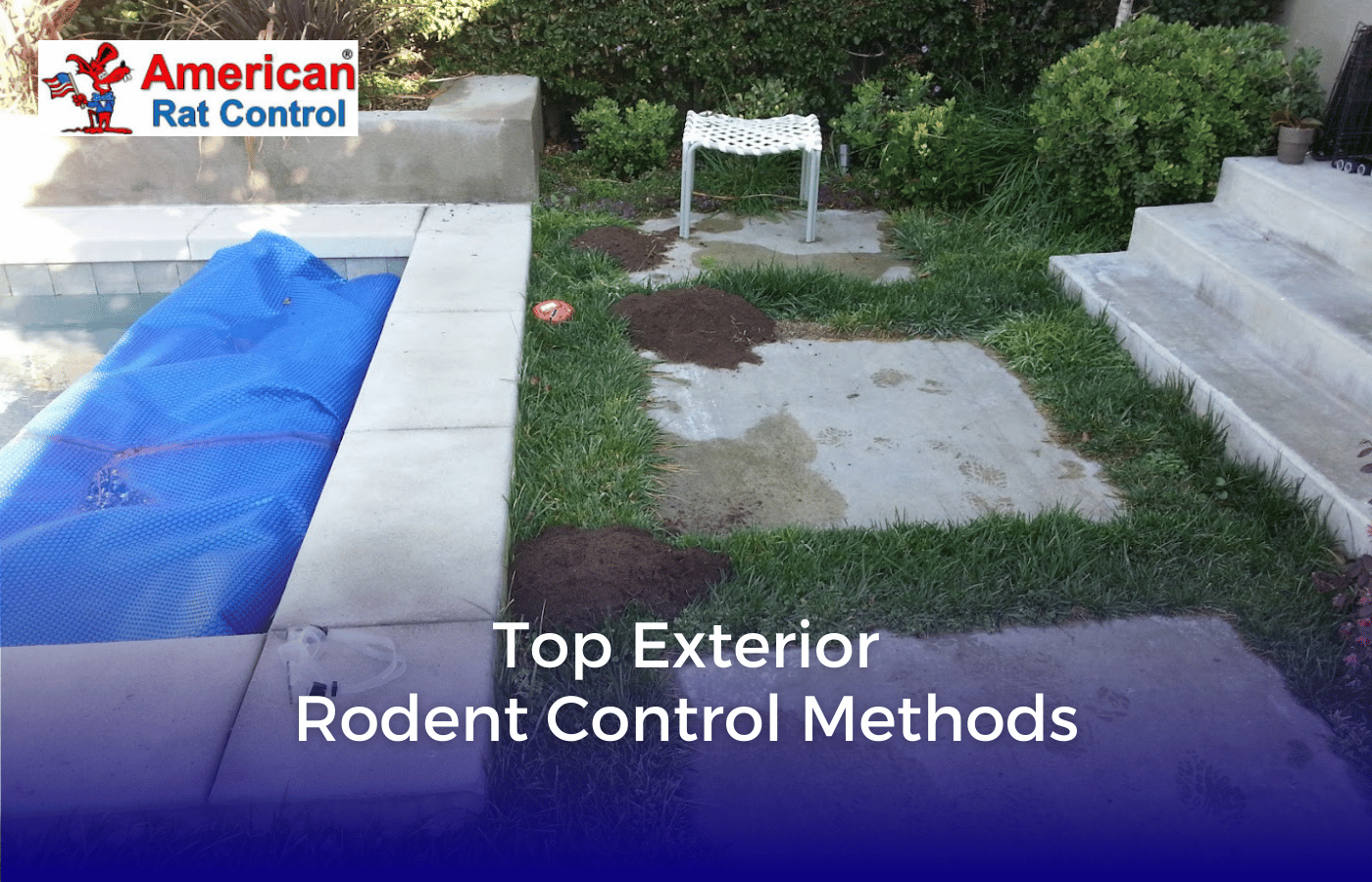The winter and spring months bring rain to Southern California, but they can also bring a rat infestation to your home.
Rats prefer a warm, dry place to build a nest. During months with little rainfall, rats will build nests above ground in areas that are less likely to be disturbed. Roof rats will nest above ground, and in trees.
When it rains, Norway rats and roof rats will seek shelter in your home, which is warm, dry, and can provide them a source of food and water.
A fully-grown rat can enter your home through an opening the diameter of a quarter, and mice can enter through a hole the size of a dime. Rats are also incredibly adept at survival, with the ability to tread water for days, being able to survive being flushed down a toilet, or falling from fifty feet.
Rat colonies can reproduce quickly once they become entrenched. Gestation for rats is about 21 to 24 days, with rats reaching breeding age in 8 to 12 weeks. Rats need a warm dry place to nest, with ample amounts of high-protein food and water in order to survive.
Rats are also known to gnaw on wiring in cars and in homes. The National Fire Protection Agency estimates between 20 and 25 percent house fires of unknown cause in the United States each year are caused by rodents chewing on wiring.
Signs of Rat Infestation
If you see greasy “rub marks” on walls or baseboards, that can indicate rats are in your home. Rats have poor vision and tend to travel along walls. Seeing rat droppings or gnaw marks are also a sign that rats have taken up residence in your home. Hearing scurrying noises at night are another sign, as rats are nocturnal creatures, and try to stay of sight.
There are things you can do to prevent rats from finding shelter in your home during the rainy season.
Close up any outside gaps in your home’s perimeter. Remember that rats can squeeze through a quarter-sized hole. Seal up gaps in walls and windows with caulk, put wire mesh around small entryways beneath your home.
Cutting off rat’s food supply will also discourage them from forming a colony. Clean up clutter and garbage, keep garbage cans tightly sealed, pick up any fallen fruit from fruit trees, get rid of compost piles, and pick up any green waste. If you have pets, don’t leave food bowls out, and seal up pet food in tight sealing storage bins. Rats can also eat bird seed, paper, cardboard, and other materials to stay alive, so tidy up all food sources on your property.
Rats can also form nests in hidden areas, such as wood piles, behind shrubs and vegetation, or in clutter or junk piles. Get rid of any potential hiding places and practice good housekeeping to cut off any places rats may find to nest.
Inside your home, keep dishes cleaned and seal up grain, cereal, and snacks in airtight containers. If rats and mice do not have a food supply, they are far less likely to form a nest.
If you follow all the above steps, it is still possible for rats to come in out of the rainy weather and find a way into your home. When you see the above signs of rat infestation, it could be time to call in an expert.
When to Call a Rat Control Expert
If you see any of the signs of rodent infestation, it might be time to call the rat extermination team at American Rat Control at (866) 728-2878 . We can help remove the rodents from your home. We serve the Los Angeles and Ventura area.








